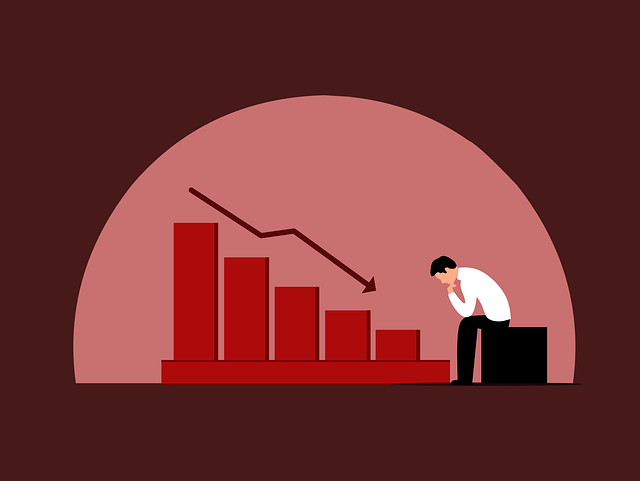Economic hardship can significantly impact healthcare access, creating barriers that hinder individuals and communities from obtaining necessary medical services. This effect can manifest in various ways:
1. Financial Barriers: Economic hardship often leads to limited financial resources, making it difficult for individuals to afford health insurance premiums, co-payments and out-of-pocket expenses. As a result, many people may delay or forego necessary medical care due to concerns about the cost. This equally has the potential of succumbing to complications and worse, mortality.
2. Unemployment and Loss of Benefits: During economic downturns or periods of high unemployment, individuals may lose employer-sponsored health insurance coverage, leaving them uninsured. This loss of coverage can drastically reduce healthcare access, as individuals may be unable to afford private care or have to wait longer for public healthcare assistance.
3. Reduced Access to Healthcare Facilities: Economic hardship can lead to the closure of healthcare facilities, particularly in rural or underserved areas where hospitals and clinics operate on narrow profit margins. As facilities shut down or scale back services, residents in these areas may have to travel longer distances to receive medical care, resulting in delays in treatment and decreased access to preventative services.
4. Impact on Mental Health Services: Economic hardship is often accompanied by increased stress, anxiety, and depression, yet mental health services are frequently underfunded and inaccessible to many. Individuals facing economic challenges may struggle to afford therapy sessions, medication, or other mental health treatments, exacerbating mental health issues and reducing overall well-being.
5. Healthcare Workforce Challenges: Economic downturns can lead to layoffs, hiring freezes, or wage reductions in the healthcare sector, affecting the availability and quality of care. Additionally, healthcare professionals may migrate to areas with better job prospects, leaving underserved communities with even fewer healthcare providers.
6. Rationing of Care: In times of economic hardship, healthcare systems may face budget constraints, prompting providers to ration care or limit services. This can result in longer wait times for appointments, restricted access to specialized treatments, and disparities in the quality of care received by different socioeconomic groups.
7. Increased Burden on Public Health Systems: Economic hardship can strain public health systems, as more individuals rely on government-funded programs or community health centers for essential medical services. Limited funding and resources may lead to overcrowded clinics, longer wait times, and decreased quality of care for vulnerable populations.
Addressing the impact of economic hardship on healthcare access requires comprehensive strategies that focus on improving affordability, expanding coverage, investing in healthcare infrastructure, and addressing social determinants of health such as poverty, education, and housing. By prioritizing equitable access to healthcare services, policymakers can mitigate the adverse effects of economic hardship and ensure that all individuals have the opportunity to lead healthy and productive lives.
